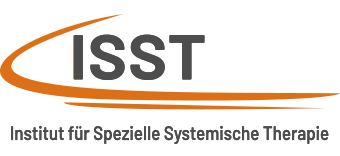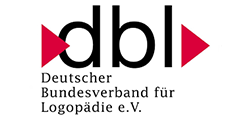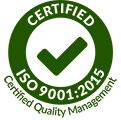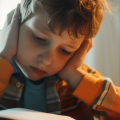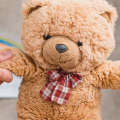According to recent studies, a high proportion of pre-school children have language development disorders.
Speech development begins immediately after a child is born. Breastfeeding at the mother’s breast ensures the stable development of the mouth and throat muscles. Crying trains the lungs and vocal chords.
In the following babbling phases during the first year of life, the child trains the formation of sounds. At first, it forms all the sounds that occur in all languages. In the second babbling phase (around 6 months of age), the child comes closer to sound combinations, the mother tongue, and increasingly matches the language of its environment (motherese = mouth-child interaction) with its own sound production until it can say its first words at around 10-12 months of age – usually dad first, then mum. Dad is often said first because the sound sequence of the word is easier for the child to distinguish and form.
As language development continues, the child uses two-word and multi-word sentences and can speak almost all sounds at around two and a half years of age.
At around 4 years of age, the child speaks its mother tongue. They have mastered sounds (phonetics), the grammar of sentence structure (syntax), an extensive language lexicon (large number of words from the mother tongue) and can use language correctly in a situation-related way (language pragmatics). Children who grow up bilingual are in no way disadvantaged in this development. Under normal conditions, both languages develop as mother tongues in the same period of time.
If language development is impaired, individual areas, e.g. sound development or several language levels (sentence formation), language range or the use of language can be affected. Furthermore, language disorders rarely occur in isolation, but also have a significant impact on the child’s cognitive and emotional development if they persist.
Reading and writing (written language acquisition) as special forms of language acquisition are, like spoken language, central cultural techniques that can be used to obtain information and communicate across temporal and spatial distances. In the age of increasing computer use, written language is by no means losing its importance; on the contrary, competent reading skills are a central prerequisite for accessing global information networks (Internet, etc.). Difficulties in acquiring these cultural techniques represent a significant impairment for a child’s development. According to the WHO, this reading and/or spelling disorder (hereafter referred to as LRS) is one of the most common specific developmental disorders (ICD-10). Without appropriate treatment, this disorder persists into adulthood and makes integration into the world of work more difficult.
